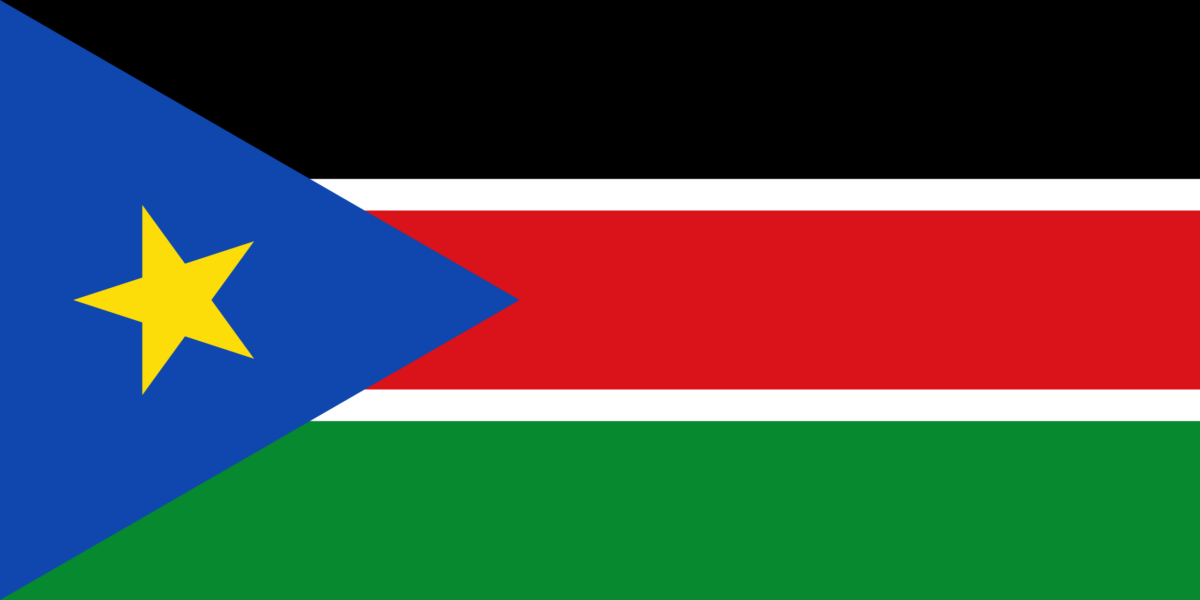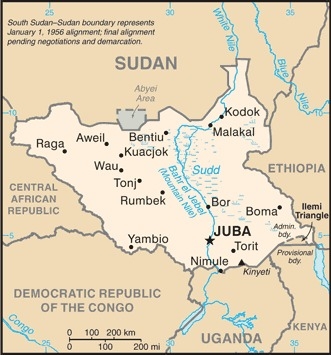Overview
South Sudan, officially the Republic of Sudan, gained independence from Sudan in July 2011, following a referendum in the January of that year. However, having escaped the domination of the largely Muslim north, South Sudan slid into a civil war of its own just two years later, the result of political rivalry and ethnic conflict. It is estimated that around 400,000 people were killed during the seven years of fighting. A peace deal was struck in 2020 and a new government sworn in, although it has been reported that violence between various armed militia groups continues.
What it means to be a Christian in South Sudan
Christianity has a long history in the region that, since 2011, is known as South Sudan. It is estimated that today around 60% of South Sudan’s population would identify as Christian. Among Protestants the Anglican Church and the Presbyterian Church are the largest bodies. Those practising some form of indigenous, animist beliefs would make up about 30%, with about 6% of the population being Muslim. The country respects freedom of religion.
Persecution
During the years of conflict that preceded the separation from the north, the majority of victims were from the south. Many more fled their homes and communities at some point. Christianity grew rapidly during that period, amid violence, warfare – and persecution of Christian communities. Some became Christians by way of a rejection of the Islam imposed on them by the north. Many new believers come from a background of traditional religions and spirit worship, and desperately need good Bible teaching and discipleship.
Release International work
Release International supports work in South Sudan that provides both material and spiritual support for needy people. This support is focused on people who have relocated as a result of persecution.

